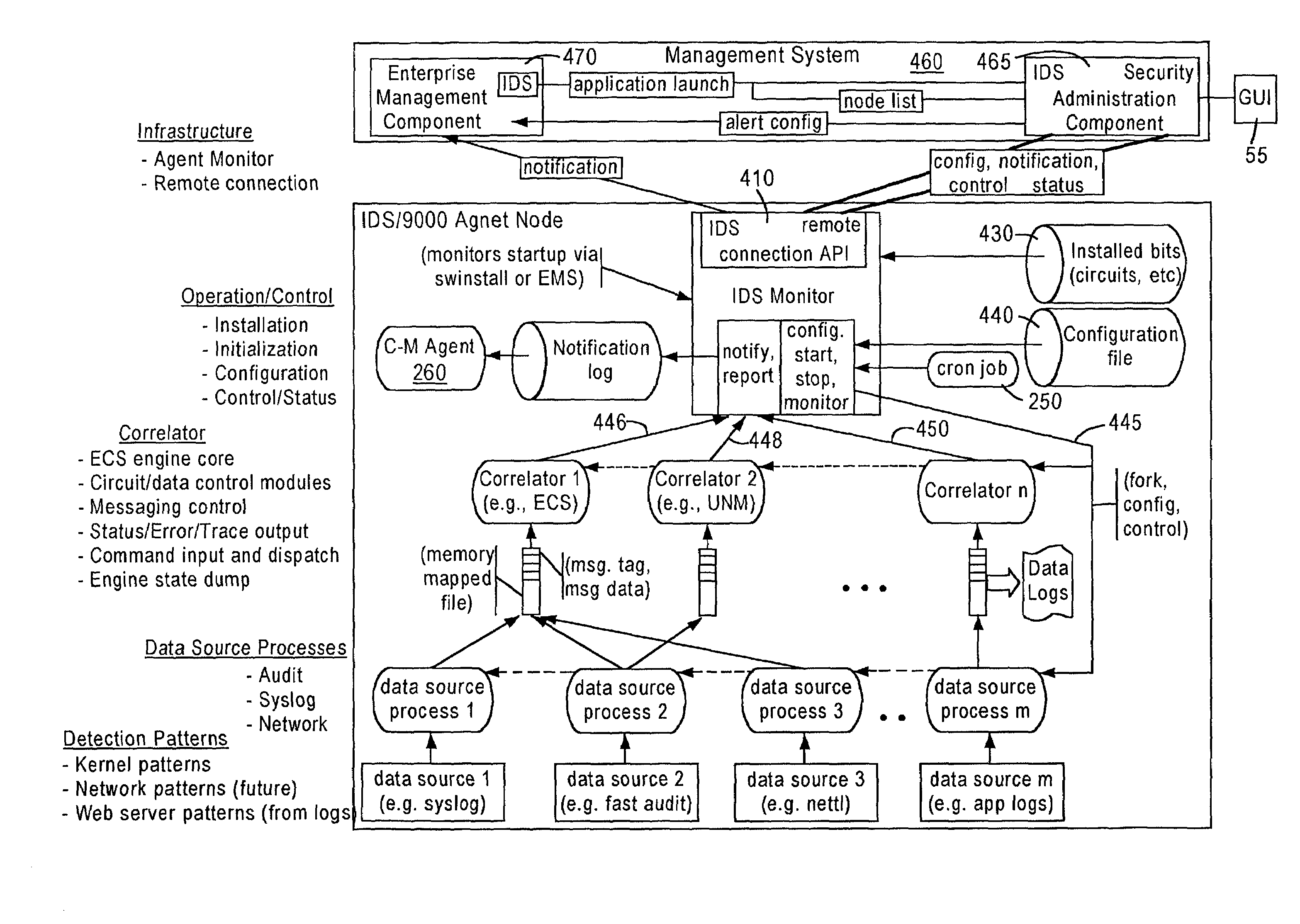However, a firewall connected to
the Internet cannot protect the user against an
attack against the systems launched from inside the organization.
Often the firewall cannot stop an attacker inside the organization from attacking systems on
the Internet.
A further complication in deploying a firewall is that it is difficult to establish clearly where the boundary exists between inside and outside.
A firewall becomes difficult to deploy in an
extranet environment; if inside and outside have been joined together, where can you draw the line and place the firewall?
The problem with relying on
encryption lies in the old adage a chain is only as strong as its weakest link.
Encryption does not protect the data while it is in the clear (not encrypted) as you process it (for example, preparing a document for printing).
Moreover,
encryption cannot protect the systems against denial of service attacks.
The amount of information that flows through a typical corporate
intranet and the level of activity on most corporate servers make it impossible for any one person to continually monitor them by hand.
Nor can they help detect theft of a company's critical data from important servers.
In short, most threats come from within the enterprise and firewalls cannot prevent attacks from within.
Firewalls cannot detect or prevent attacks on enterprise systems from within the
Intranet.
The challenge is to know when systems have been compromised from within.
1) Even with an effective, disciplined daily review the successful
hacker could have up to 24 hours of free reign inside the systems before being detected, and any damage that might have been done might not be discovered for a long time thereafter.
2) No human
review process can be as effective and disciplined as necessary in order to provide even this poor level of protection.
3) Audit logs are very large and a person may not detect patterns of misuse spanning many entries.
4) Reviewing audit logs is the kind of work a
machine should do.
Financial institutions are very sensitive to the damage a single rogue individual in a point of trust can do.
A similar
threat exists in the electronic sphere.
As more and more banks offer
bank-at-home facilities via the Web, the risk of a customer's financial information being intercepted grows dramatically.
When most people think of theft, they initially think of financial theft.
If this information got into the hands of the competitors, it would seriously damage the business.
Information is of no use if it cannot be acted upon, and not having the computing resources available to
process information renders it useless.
Lack of availability of critical computing resources because of malicious actions is a serious
threat faced by any company doing business on
the Internet today: the loss of business (measured in dollars) can be significant.
Harder to quantify, but more damaging in the long term, is the loss of
consumer confidence in a business that suffered an online
attack.
Another example of a loss of a critical computing resource is a corporate e-mail system
crash.
When the outage is caused intentionally by an attacker who is continually disrupting business, the financial cost to a company can be very high—lost sales or miscommunication with customers, for example.
If a computer system is broken into by an outside attacker, personally sensitive data may be obtained that could leave you liable to legal action because of a lack of due diligence on the part to protect sensitive data.
Disgruntled employees who have an intimate knowledge of the systems and network are far more likely to abuse their positions of trust.
However, most effort has been expended in defending against the perceived threat from outside.
Industrial corporate espionage is also a significant threat to companies, especially in foreign countries.
The real cost of viruses is not the damage they cause, but the total cost of cleanup to ensure that the infection has not spread to other computers.
For example, one
router vendor recently had a problem whereby all of their boxes shipped with a
default password that was easy to guess.
By simply making the systems unavailable for use the attacker can cause you losses in both financial terms and in credibility in the industry.
It may seem obvious, but if you misconfigure a critical piece of
software or hardware, you can open your self up to many security problems.
This is a particular problem in the area of firewalls, where configuration rules are complex—one missed rule can leave the whole internal network open to
attack.
Code that runs with privilege (as root on
UNIX systems, or as Administrator on Windows NT systems) is particularly vulnerable because a simple bug can have major
impact.
Most security problems are found in code that runs with privilege that is poorly designed.
In summary, although host-based systems have numerous advantages as compared to network based systems, the difficulty is that prior art host-based systems require traditional signature matching against hundreds of templates.
Up until now there have not been any effective host-based IDS systems.
 Login to View More
Login to View More  Login to View More
Login to View More 


